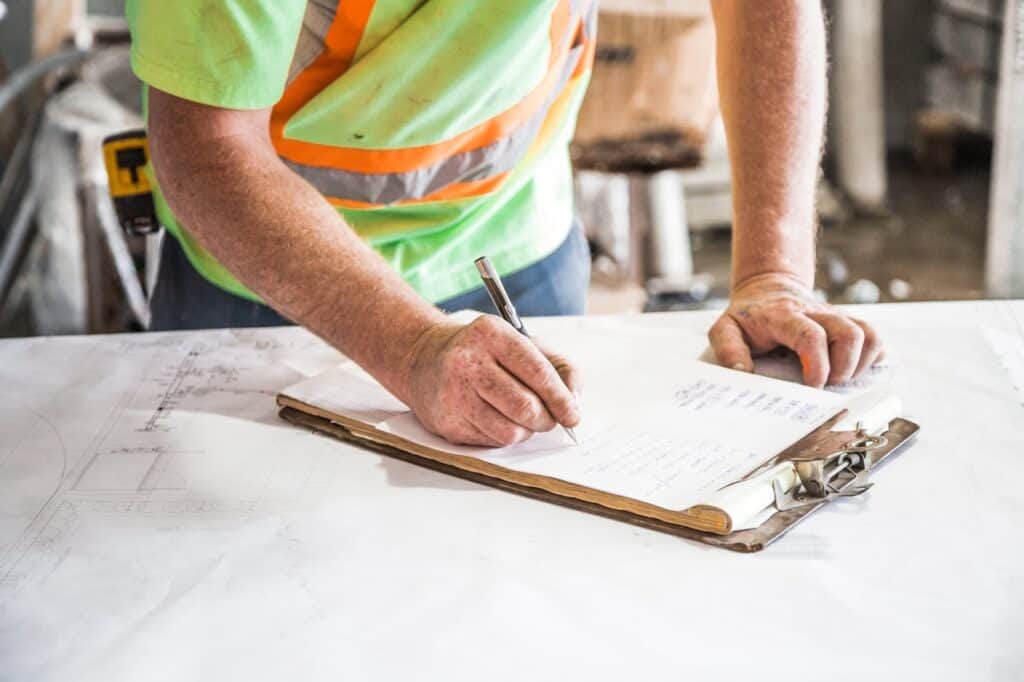A home inspection is one of the most important parts of the home buying process. Just because you think you know everything there is to know about the house you intend to buy doesn’t mean that’s actually true. There could be hidden structural flaws you wouldn’t have noticed if you didn’t hire a home inspector. A professional inspection will provide the much-needed comfort by allowing you to see any possible concerns and issues before signing the papers. So, if you’re thinking of buying a home in Utah, we compiled a home inspection checklist for home buyers like you!
Why Is a Home Inspection So Important?
Before we get into the home inspection checklist for home buyers, you first have to understand why an inspection is so crucial when you’re in the process of finding and buying your dream home in Utah.
For starters, a home inspection is a great way to figure out if there are any structural flaws, safety issues, hazardous materials, or pests and insects. The reason why you need that information is to figure out if the house is safe, but also to forecast future expenses. For example, if the inspector finds that the roof isn’t in the best shape, you’ll probably have a year or two before it starts leaking, and you need to hire someone to fix it. Finally, if major problems are discovered during the inspection, you can use the findings to justify your request for a price reduction. You can save a lot of money by negotiating the right deal.
The Home Inspection Checklist
So, you’ve found a house you like – that’s great. As you know, the next step in the home buying process is a home inspection. Although you should probably hire a professional inspector, it’s best you get familiar with their job. The better you understand what they’ll be checking, the easier it will be for you to ask questions and understand the extent of the damage.
Outside
Since you and the inspector will be coming in from the outside, it makes the most sense to start the inspection from the house’s exterior. Here’s what a professional inspector will be looking at:
- First, are the gutters connected properly and draining away from the house? This is very important because you don’t want water leaking into your foundation.
- Are there any stains, black patches, or moss on the roof? Are there any shingles or tiles missing? What’s the last time the roof was repeated or changed?
- Do you spot any major flaws in the foundation? Is there any vegetation around the foundation? Is the earth around the foundation damp, spongy, or sunken in any way?
- If there are any wooden beams used to support the home’s construction, check if they are in good order. Do they have any signs of deterioration or wear and tear?
- Do your windows and doors open and close without an issue? Is there a significant draft on the inside? Are any of them broken or cracked? How old are they? Do any appear to be misaligned? Is there any evidence of dampness between the panes or near the frames?
Inside
After you’ve checked the outside and written down all your notes, you can get started with the trickier part of the process: the inside. Here are some of the things an inspector will be checking that you should look out for:
- Do you notice any weird smells? More specifically, you should be checking if there’s any odor that can be caused by mildew or mold.
- Are there any symptoms of dampness or water intrusion around the house? If you’re looking at a bigger house, you should pay special attention to the walls in the basement or attic. Do walls look like they have water damage?
- Do you notice any gas odors? Is AC operating well, and are the filters clean? Moreover, is there visible rust or any other signs of deterioration on the AC unit?
- Is the water a normal color and temperature? What is the water pressure like? Are the fixtures functional? Any evidence of leakage in the cabinets behind the sink? Are the pipes visibly damaged? Is the water heater showing signs of rust? Can the toilet flush?
- Do all of the light switches in the house work? Is every outlet grounded? What kind of electrical panel does the house have? Is it the one with fuses or circuit breakers? This is very important to check because old wiring can be very dangerous and difficult to replace.
What Inspectors Don’t Check
While a home inspection covers the entire house from top to bottom, there are some areas that inspectors are unable to examine. During a house inspection, an inspector can only look at visual indicators. Because this isn’t a thorough inspection, it’s important to remember that inspectors can’t see specific components of a property. Inspectors, for example, are unable to see behind a chimney, behind electrical panels, within walls, or look for deadly mold or asbestos. However, just because a home inspection doesn’t cover everything, it doesn’t mean it isn’t an important part of the house-buying process or that it shouldn’t be done before moving into a new home.
If you put off a home inspection until after you’ve bought a house in Utah, it’s crucial you do it before your move-in day. Of course, if you’re moving from another city or state, that can be hard to organize. However, you don’t have to do absolutely everything by yourself. Instead, you can take a few things off your plate and get adequate assistance for the move. By hiring long-distance movers, you can assure all your belongings will be safely transported and dropped off at your new home without much stress or hassle.
Final Thoughts
Although there are certain things sellers are legally required to disclose, you need to be very careful when buying a home in Utah. Even if the house looks amazing, you should still consider hiring an inspector to check it out. Moreover, you should use this home inspection checklist for homebuyers to follow along the way and see everything for yourself. It’s better to be safe than sorry!

